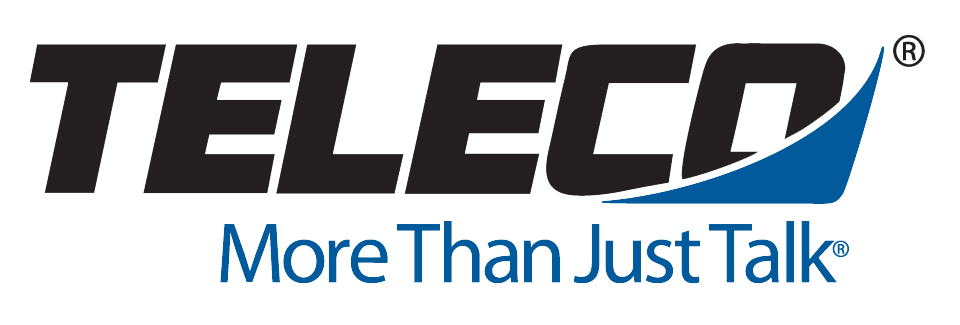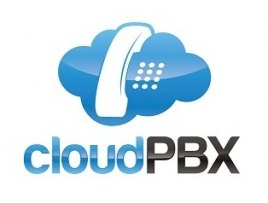Voicemail has been around since the ‘70s, but it was Gordon Mathews who patented a voicemail service in 1982. His company, VMX, provided the first voicemail services in the world. They recorded and managed messages using the digital technology of that time.
Since then, voicemail and automated attendant have evolved. Currently, voicemails are digital recordings of outgoing and incoming messages. These messages are managed by an on-site or an off-site system.
What Is Voicemail?
Voicemail, also called ‘phone mail’ or ‘VMS’ is usually a centralized system for storing telephone messages. The recipient can later retrieve these messages for review and response. Voicemail is also a term used to describe the system of conveying a stored voice message using hardware such as an answering machine.
Different voicemail services offer different features. Businesses can buy systems that can then be managed by their own staff, or they can have a contract with a third party company. It works particularly well with hosted VoIP or cloud based systems, as a simple program can transform a PC into an electronic messaging system.
Voicemail allows your company to be more flexible as information flows between customers, suppliers and staff—even when both parties are not present for the exchange. Businesses rely on voicemail to manage customer expectations and to improve customer service. Leaving and sending messages is key to any quality customer service strategy.
These voicemail systems can be integrated with an in-house phone system, which makes a whole host of new features available to the end users. A few features that voicemail offers are urgent message delivery, paging, and off-site access to messages.
In the early days of voicemail, real people used to be the recipients of your message. These days, however, these voicemail systems come with a built-in operator. Known as auto-attendants, these programs guide users and help them make the best out of their experience with that voice mailbox.
There are several different types of voicemail available to your business. Certain systems are designed for specific use, but it depends on who is using it, how, what equipment is being utilized, and who is providing the service.
Voice mail to Email Integration is one of the most popular features on modern voice mail system. You get your voice mail sent to your inbox or smartphone as an audio file attachment. No more calling in to check messages and messages are delivered almost instantly.
What Is Automated Attendant
An automated attendant, or a digital receptionist, comes as part of a business telephone system that contains voicemail. It will automatically greet and direct your caller using an automated message, and it will then route the call as needed or record a message.
There are menu options that the caller needs to work through in order to achieve the desired result. By pressing on the right keys, or speaking particular words, the automated attendant can organize and store (or direct) your message in a way that is easiest for you.
These days automated attendants have become very smart, and are able to route multiple simultaneous phone calls to the right people at once. They are commonly used as receptionists, if your receptionist is on lunch, out, or not available.
By using an automated attendant you guarantee that no crucial messages are missed and that your business can function at full capacity—even when you are not there. It certainly speeds response times, which naturally improves customer service overall.
End users can manually turn the auto attendant on and off as needed. Some companies prefer to only use the call forwarding features; others make full use of auto attendants when they are very busy.
These voice menu systems mean the caller can always get through to your business, which means that you lose fewer customers because of frustration. If a caller wants to find a user on the phone system, they only need to use the dial-a-name directory.
The auto attendant lists users by name, so if you need to get through to a specific person or department there will always be someone available to take your call. If, however, all the end users are not available, the auto attendant will instruct you to leave a message.
The next time the end user wants to check messages, he or she will receive all the customer or supplier calls that were missed during the day. This is a simple matter of reviewing the message by phone, pager, or PC desktop.
Reviewing messages like this can usually be done remotely from anywhere, from any device. Smartphones, tablets, and PDAs can be connected to your system to allow for easy message retrieval. It makes it easier for you to do your job as a business owner.

